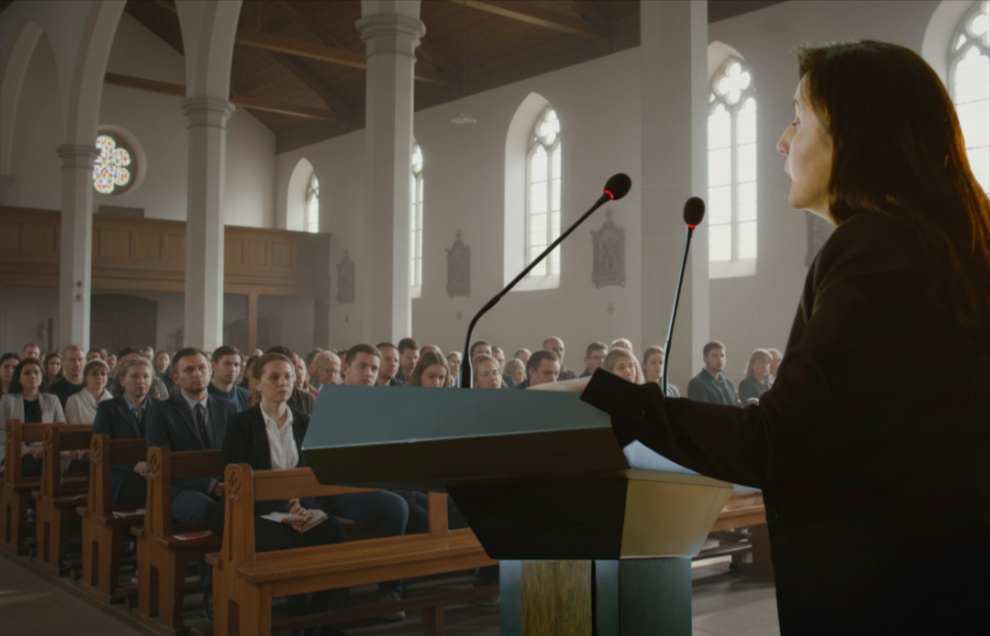What to Do If a Loved One Dies Away From Home

Immediate Actions After a Death Away From Home
When a loved one dies while traveling or living elsewhere, families must first notify local authorities and obtain an official death certificate. Collecting personal belongings and designating a family contact for communication helps reduce stress. If the death occurs abroad, contacting the U.S. embassy is essential for guidance and documentation.
Key Decisions and Transportation Options
Families must decide whether to hold services locally or transport remains home. Domestic transfers typically involve air or ground transportation, while international repatriation requires extensive paperwork and can cost $7,000-$15,000. Cremation at the place of death offers a simpler, less expensive alternative, but cultural and religious preferences should be considered.
Financial and Legal Considerations
Costs include local and receiving funeral home fees, transportation, and documentation. Travel insurance with repatriation coverage can significantly reduce expenses. Families should also notify Social Security and Veterans Affairs for benefits and ensure all permits are obtained for interstate or international transfers.
Emotional Support and Practical Guidance
Managing grief while handling logistics is challenging. Accepting help from friends, clergy, or counselors is vital. Funeral homes provide expertise in coordinating arrangements and timelines, which typically range from 3-7 days for domestic transfers and up to two weeks for international cases. Ultimately, informed decisions and compassionate support help families honor their loved one while navigating complex circumstances.
Read the full 13-page article. FREE Download for your convenience.
Click the button below.




